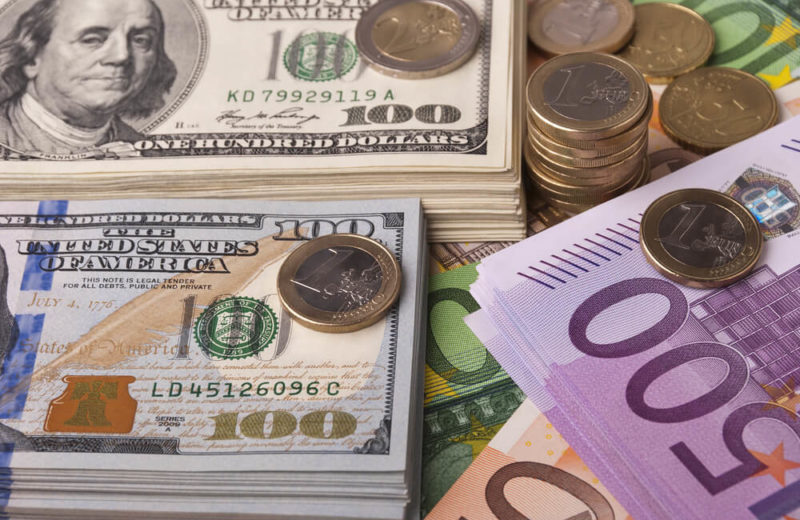Let’s see what happened in the foreign market. Per dollar, the yen firmed 0.1% to 108.90 JPY=. It was edging close to a three-week high of 108.73 last week.
So far this month, the Japanese currency has fallen 0.3% against the dollar. Nevertheless, the yen rose against other currencies, adding 3.9% versus the Australian dollar and 1.6% on the euro.
For this month, among the biggest loser is the Australian dollar. It lost 3.9% in this month. Thus, the Australian dollar is the second worst-performing currency in the G10. It’s behind a 4.3% drop in the Norwegian crown. Falls have hit the Norwegian crown in oil prices.
On Thursday, the Japanese yen and Swiss franc gained. Meanwhile, China’s yuan tumbled to a one-month low. The rising death toll from a virus is spreading in China. Thus, investors turned to the shelter of safe-haven currencies.
Dollar and Others
Among G10 currencies, in January, the dollar was the best performing currency. Moreover, the dollar indicator was rising by 1.6% so far last month to hit a two-month high.

The Chinese yuan is widely considered as a barometer of risk sentiment in the offshore market. Chinese and Hong Kong assets as mainland markets are shut. In early London trading, it tumbled to a one-month low below the psychological 7 yuan per dollar level. Since late December it is the lowest indicator.
Josh Marley is an FX risk management specialist at Smart Currency Business. He said that because of the rising infection and death tolls from the Coronavirus in China, the risk of the theme is continuing. Thus, it affects the currency of China, which is trading at news lows for the year.
By the risk aversion, the Aussie and Kiwi dollars were knocked lower. Nevertheless, the Japanese yen and the Swiss franc strengthened.
The greenback is emerging as an ultimate safe-haven destination because the Coronavirus spread quickly in China.
It is the leading news for now.













